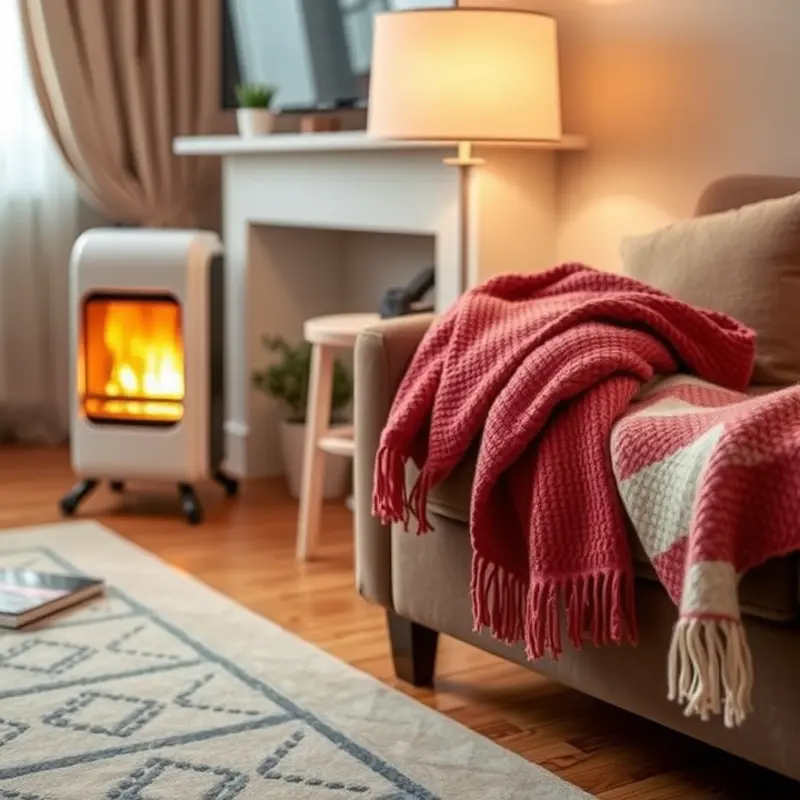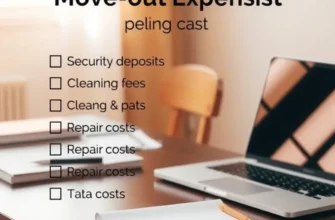As a young professional, first-time renter, student, couple, or family, finding a comfortable place to call home can be daunting, especially when dealing with heating issues. Cold winters and drafty apartments can create a challenging living environment if you’re not aware of your rights as a tenant. Understanding your heating rights is crucial not only for your comfort but also for your legal protections. Whether you face inconsistent heating, broken radiators, or a lack of heat entirely, knowing how to address these issues can make a significant difference in your living conditions. This guide will help clarify your entitlement to a warm home, exploring the legal standards and steps to take if your heating system fails to meet those requirements. By empowering yourself with knowledge, you can navigate these potential challenges confidently and ensure that your home remains a safe, cozy haven.
Understanding Heating Standards and Legal Obligations

Heating standards for rental properties vary widely, but there are fundamental expectations landlords must meet. These legal obligations ensure tenants live in a comfortable, safe environment. As a renter, understanding these standards helps you advocate for your rights while ensuring that landlords meet their responsibilities.
Heating adequacy often depends on several factors, including regional climate, the type of heating system, and the building’s insulation. Generally, landlords must maintain a minimum indoor temperature during colder months. In many states, this ranges from 65°F to 68°F. However, specific details can vary, requiring tenants to familiarize themselves with local laws.
For instance, in New York City, landlords must provide heating to maintain an indoor temperature of at least 68°F during the day when the outdoor temperature is below 55°F. At night, the indoor temperature must reach at least 62°F, irrespective of the outside temperature. Such regulations aim to ensure that renters stay warm even in harsh winter conditions.
The enforcement of heating standards typically involves local health departments or housing authorities. Tenants can file complaints if landlords fail to meet these legal requirements. In severe cases, landlords who neglect their obligations may face fines, or be compelled to make necessary upgrades to heating systems.
While tenant protection laws, like those in California, mandate that landlords provide functioning heating systems, they also may prohibit tenants from installing personal heating devices. This aims to prevent potential hazards and ensures that the responsibility for adequate heating lies squarely with the landlord.
It’s crucial to document communication with your landlord regarding heating issues. Written records serve as valuable evidence if disputes arise. If you’re unsure about specific obligations, consult local housing guides or legal experts in your state.
For those keen on avoiding common renting pitfalls, such as heating disagreements, consider apartment hunting alone, which empowers renters with the autonomy to prioritize their living conditions according to personal needs.
Understanding these heating standards empowers tenants to seek the comfort and rights they deserve. While landlords are tasked with providing adequate heating, renters should also remain informed and proactive in addressing issues to maintain a harmonious living environment.
How to Address Heating Issues: Steps for Renters

Dealing with heating problems as a renter can be challenging, especially during colder months. Knowing how to effectively address these issues can ensure your living space remains comfortable. Here’s a comprehensive guide to tackling heating problems.
Communicate with Your Landlord
The first step when facing a heating issue is to inform your landlord. Be clear and concise in your communication. An email or a written letter works well to document the issue formally. Describe the problem in detail and request a timeline for resolution. This not only keeps records but ensures you both have a mutual understanding of the problem.
Document the Problem
Proper documentation is essential. Take pictures or videos of your thermostat and any visible heating components like radiators or vents. If it’s a matter of fluctuating temperatures, keep a log of temperatures at different times of the day for a few days. These records will be useful if further action is necessary.
In cases where you communicate verbally, follow up with an email summarizing the conversation. Record the date, time, and the main points discussed to have a traceable history of all interactions.
Know Your Rights
Being informed about tenant rights regarding heating is crucial. Different regions have specific requirements landlords must meet. Research local regulations or consult a tenant’s rights organization. This will empower you during discussions and help ensure compliance from your landlord.
Explore Temporary Solutions
While waiting for a permanent fix, seek temporary solutions. Use space heaters if it’s safe to do so and within agreement terms. Ensure the heater is appropriate for the size of your room. Remember to use it safely, avoiding overnight operation or unattended use.
Adapt your home environment to retain heat better. Hang insulating curtains, draft-proof windows and doors, and layer clothing for warmth. Such proactive measures can help manage immediate discomfort.
Escalate if Necessary
If your landlord does not respond or rectify the issue within a reasonable time, consider escalating the matter. Contact your local housing authority for further guidance. They can advise on how to proceed if the heating issue affects your health and safety.
In severe cases, legal action might be required. Before proceeding legally, weigh the pros and cons, and consider the financial and emotional costs involved.
Consider Financial Implications
If you incur any expenses while addressing the heating issue, keep all receipts and records. Discuss with your landlord whether these costs can be reimbursed. If you face challenges in compensations, explore articles dealing with money and leases, such as avoiding renter credit mistakes, which may provide helpful insights.
Navigating heating issues can feel daunting, but with strategic communication, documentation, and understanding of your rights, you can effectively address the situation. Ensure to remain proactive and informed throughout the process.
Final words
Understanding your heating rights is vital for all renters, especially in a diverse rental market where conditions can vary greatly. By being informed about the legal standards and taking the right steps when facing issues, you not only protect your comfort but also ensure a healthy living environment. Don’t hesitate to assert your rights and communicate effectively with your landlord. Remember, a warm home is not just a luxury; it’s your right as a tenant. Empower yourself with this knowledge and ensure that your living space remains a sanctuary against the cold.









